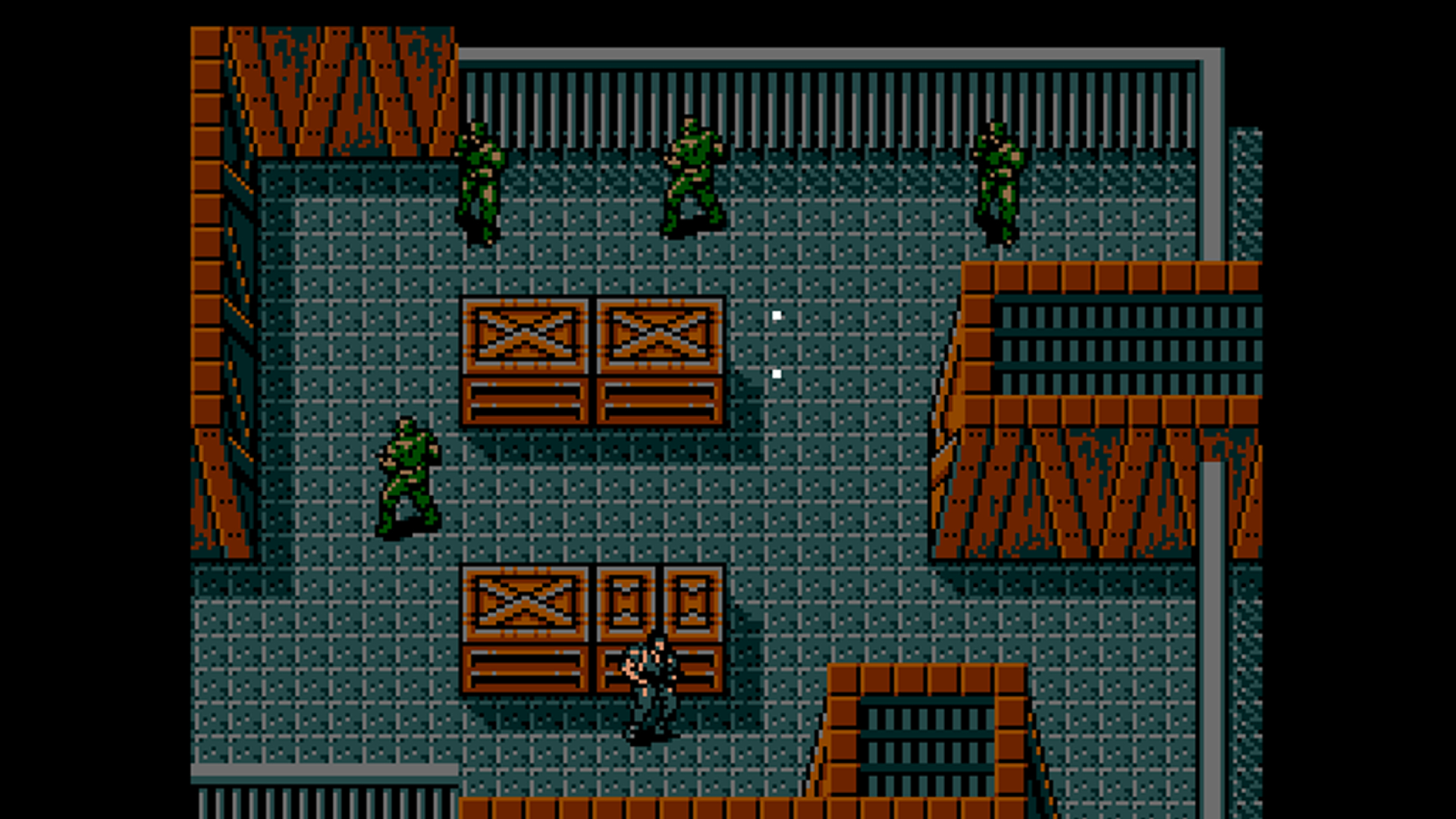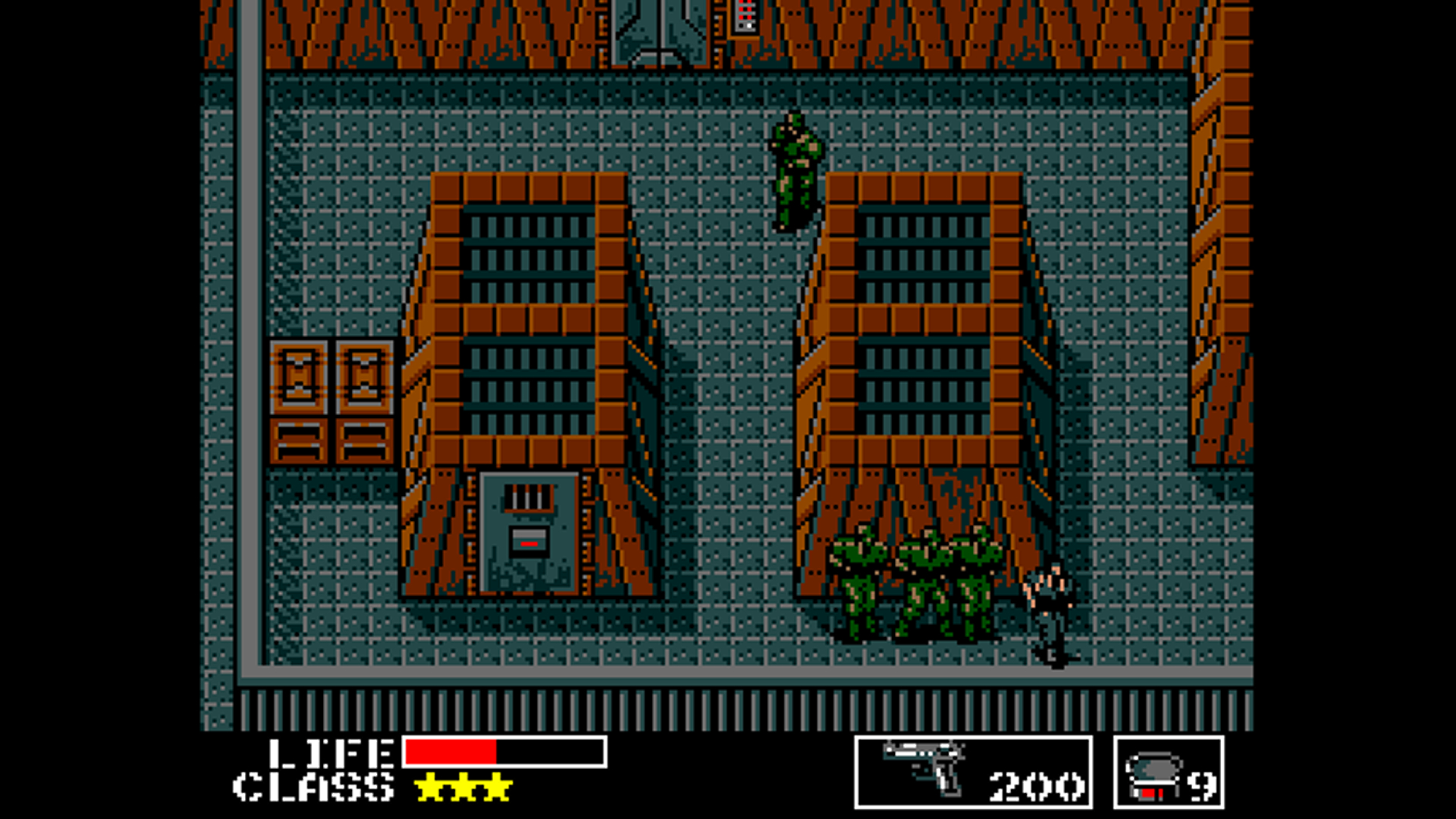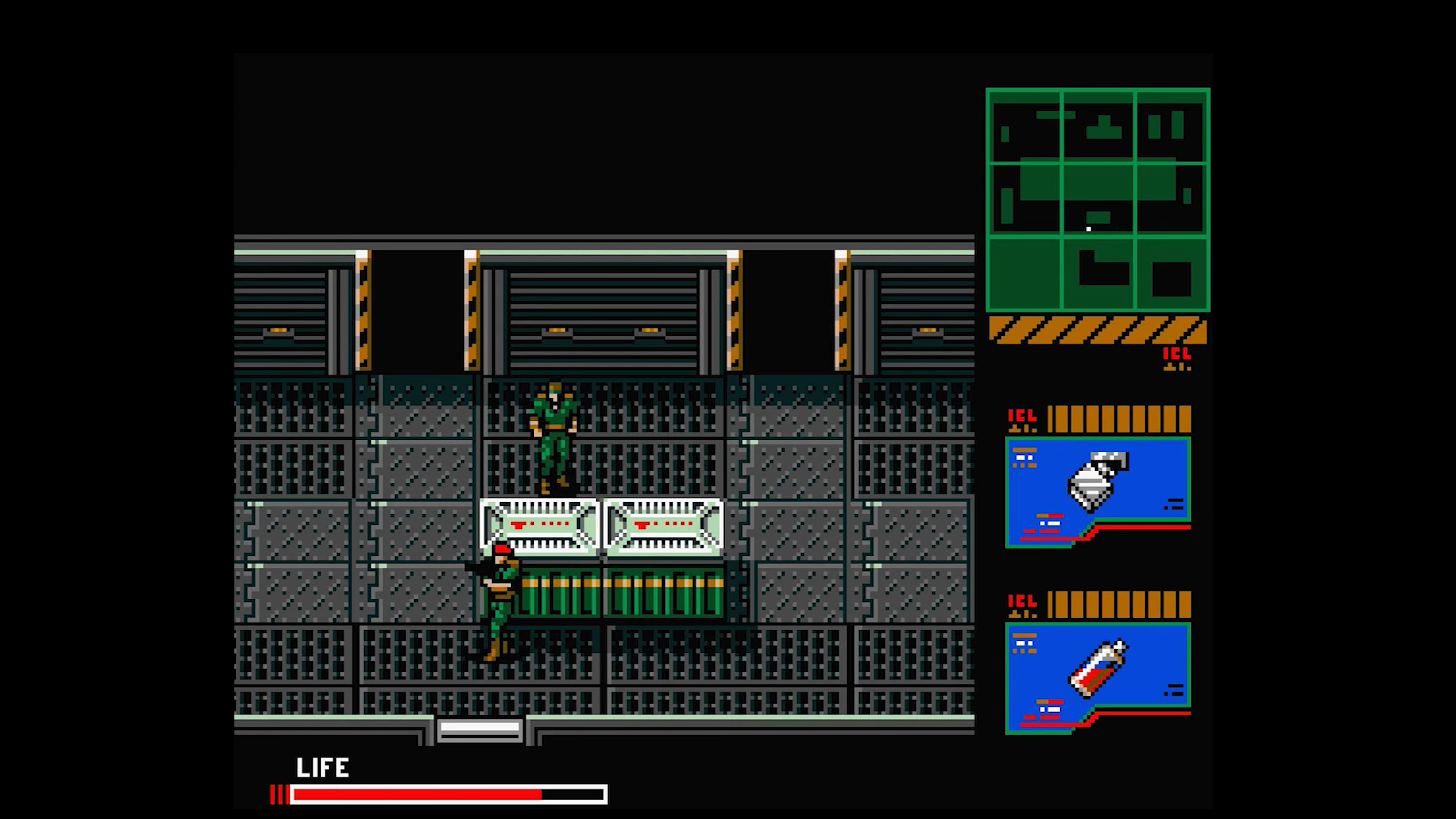
Chances are when you hear the words ‘Metal Gear’ your mind goes to Metal Gear Solid on the PS1 - the game that defined an era, and remained one of the most consistently great series in games during its run.
Most likely, you don’t think of it as being one of the great games of the NES era, alongside names like The Legend Of Zelda. That’s absolutely fair; the NES version of the original Metal Gear was a different beast compared to the Japanese-only, MSX2 original. That was followed by Snake’s Revenge – a game made for the American market without the input of series creator Hideo Kojima – and, well, the less said about Snake’s Revenge, the better. However, the saving grace of Snake’s Revenge is that after hearing about its development, Kojima was inspired to create a true sequel to Metal Gear 2 – Solid Snake.
These ‘true’ versions of the original Metal Gear games never made their way outside of Japan until 2006’s Metal Gear Solid 3: Subsistence, and thus never really had the chance to stake their claim as two of the best games of that era. Due to being more dated by the time of that release, most fans have neglected them entirely, especially since their plots have little bearing on the storyline of the Metal Gear Solid games. However, if you’re a Metal Gear fan, you owe it to yourself to check these classics out; while they may have those retro quirks, they stand alongside the MGS games in terms of quality.
Metal Gear is set 11 years after the events of Phantom Pain. It follows Solid Snake, a member of the special forces unit FOXHOUND, as he infiltrates the military fortress Outer Heaven under the command of Big Boss. He’s tasked with rescuing Gray Fox, and destroying the in-development Metal Gear. Snake infiltrating a base to stop a nuclear mech isn’t new ground for the series, but the formula works.
The return of Metal Gear

Out of the two MSX2 games, Metal Gear has predictably aged less well than its sequel, but it’s interesting to see how many of the series’ core ideas were prevalent in the original. Metal Gear feels in the same vein as old-school adventure games like The Legend Of Zelda in its loop, even down to the sometimes extremely unhelpful guidance from NPCs. It’s a game of its time and there’s no shame in consulting a guide for its more esoteric moments. However, if you’re more used to games of the NES era, you’ll find a game that stands toe-to-toe with the great adventure games, as well as being the game that pioneered the stealth genre.
Metal Gear 2, however, is on another level entirely. Taking place four years after the events of the Outer Heaven uprising, the Cold War has thawed, global nuclear disarmament has finally been achieved, and the world is the closest it has ever been to true peace.
That is until a military junta comes to power in Zanzibar Land, a small nation bordering the USSR, China, and the Middle East. Zanzibar Land’s new regime begins attacking nuclear powers in a bid to recover intact weapons and becomes the world's sole nuclear superpower, and for good measure kidnaps Dr. Marv – a scientist who’s created a microbe to tackle the world's ongoing energy crisis. FOXHOUND brings Solid Snake out of retirement to rescue Dr. Marv, a mission that becomes increasingly complicated due to the discovery of a second Metal Gear.

What’s most striking straight away in Metal Gear 2 is just how prevalent Kojima’s directorial style was a full eight years before Metal Gear Solid hit the shelves. Upon booting up the game, you’re treated to an elaborate opening credits animation, followed by on-screen text setting up the plot of the game. This sequence would feel right at home in any 80s film – barring the pixels, obviously.
The series’ DNA is there in the original, but Metal Gear 2 feels right at home alongside the Solid games. Interestingly, a lot of the moments that made Metal Gear Solid feel so revolutionary were present in Metal Gear 2. Finding a codec number on the back of the box? Metal Gear 2 did it first – it even took the idea a step further, with the manual having a full-tap code cipher. Even story segments like the stairway chase, and a secret admirer contacting Snake over the codec, are ripped directly from Metal Gear 2.
The gameplay also took a step up, introducing mechanics like the crawl and radar, as well as improvements to enemy AI during alert phases. Significantly improved in the sequel are the boss fights. The confrontation with Metal Gear in the original involves bombing a stationary Metal Gear’s feet as cameras attack you. Metal Gear 2 actually puts up a fight, allowing for a battle that feels climactic. The final encounter with Big Boss is a quintessential stealth-game boss fight, leaving you completely unarmed as you try to sneak around him to gather items with which to fight back. Think of it as an earlier (and arguably, better) version of that iconic Mr. Freeze fight from Batman: Arkham City.
Metal Gear is easy to get hold of due to an excellent port on GOG. However, getting your hands on Metal Gear 2 is a bit trickier, with its only modern release being a part of the currently delisted Metal Gear Solid HD Collection. However, if you’re an MGS fan who’s dismissed the games due to their age, you’re missing out on two of the greats of the series.







